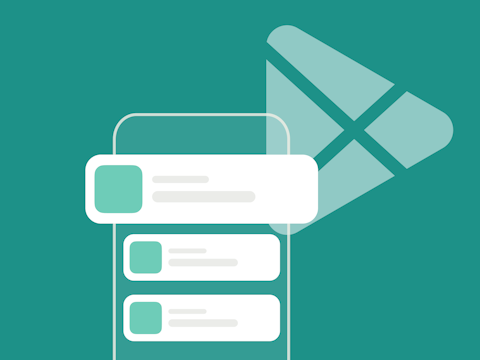
Google Play Store Optimization: A Comprehensive Guide
Google Play is the largest app store in the world, leading the race in terms of apps available and the downloads it generates. Through it, you can reach millions of mobile app users from all corners of the world. However, getting your app/game to the top of the Play Store in a sea of other apps is often a challenging task.
App Store Optimization (ASO) helps improve the discoverability of your app by assisting Google’s algorithm in understanding its functionality and purpose. Moreover, ASO provides you with a plethora of insights that you can leverage to increase your app’s conversion. More broadly, ASO can help you enhance your marketing campaigns.
In this blog, we have compiled a series of key points to help you get started with App Store Optimization for Google Play.
Ranking factors for apps on Google Play
To increase your app downloads on Google Play, you first need to ensure that users can find your app when they enter a query or keyword in the search bar. For example, if you have a budgeting app on Android, you would want users searching for the keywords “budget,” “personal finance,” or “spending” to find your app.
Improving rankings in search results requires an understanding of Google’s ranking algorithm. Google considers a number of different elements when deciding whether your app should rank on a certain keyword. Although these ranking factors are not officially public, the ASO community has gathered enough knowledge and information to identify the most significant ones.
- Keywords in app metadata: Google indexes keywords you place in your app title, short and long descriptions, developer name, and app ID to better understand what your app is about. This also helps your app appear on specific queries.
- Retention rate: Google wants to provide the best experience for its users on the Play Store. Therefore, it prioritizes apps that manage to convert visitors into users and, most importantly, are able to retain these users.
- App downloads and conversion rate: The more downloads you get, the more relevant and qualitative Google considers your app to be. Similarly, if your app converts a lot of store visitors who search for the same keyword, Google will identify your app as relevant to that keyword and make your rank higher in the search results.
- App performance and update cycle: Google wants to promote apps who provide a seamless user experience. Your app performance is, therefore, important when determining its overall quality. Google also looks at your app’s update cycle, crash rate, consumption rate of the phone battery, app size, and many other things to determine the technical quality of your app.
- High reviews and ratings: Google considers good reviews and ratings a signal of high-quality apps. As such, it uses your total number of reviews and average star rating as a ranking factor.
- Quality backlinks: Many websites linking to your app page can positively influence your ranking. However, the power and quality of these references matter more than the sheer number of backlinks. Google’s algorithm uses an authority score to determine the quality and credibility of the websites linking to your app.
1. App title: Build your brand & improve app visibility
The app title is 30 characters long at the maximum and is one of the few elements of your app page that will be seen no matter where your app appears on Google Play. It is also the keyword field with the most weight in the eyes of the algorithm. Keywords you include in your app title should, therefore, have a high search volume and be highly relevant to your app to make sure they generate installs to your app.
2. Short description: Inform store visitors about your app
The short description on Google Play is a 80-character keyword field usually displayed underneath the screenshots of your app page. It also shows underneath the title in the search results and in featurings across the Play Store. Short descriptions are primarily used for conversion purposes, as their weight in the eyes of algorithms has only been decreasing in recent years.

Use this space to convince users why they should download your app. Remember that Google disapproves of language that reflects or suggests Google Play performance, ranking, or promotion. For example, “best,” “#1,” “top,” “new,” “discount,” “sale,” or “million downloads,” or call to actions, for example, “download now,” “install now,” “play now,” or “try now.”
Read this blog to stay informed of the guidelines and policies for app metadata on the Play Store
3. Long description: Convince hesitant store visitors
Google Play Store’s algorithm works similarly to Google’s web algorithm. So, repeating keywords will help the algorithm have a better understanding of your app. We recommend repeating high-priority keywords in your long description, even if you’ve already mentioned them in the app title and/or short description.
Your app’s long description on Google Play is a good opportunity to leverage keyword optimization. The percentage of users reading the long description is low. Even if you want to provide a clear explanation of your app, you can use this space to repeat your most important keywords.
Expert Tip
It is important to find a balance between a good keyword density and keyword stuffing. A good keyword density for keywords in the long description is between 1% and 2%. You want to avoid keyword stuffing. It is punishable by Google, doesn’t help its algorithm to better understand your app, and worsens the reading experience of your store visitors.Check your keyword density with AppTweak’s free Keyword Density Counter
4. App icon: Define your visual identity
The app icon on Google Play is visible everywhere on the store – in the search results, store listings, featured lists, etc. You can leverage your app icon in various ways to boost conversion rate:
- Hints about your app or game content: Use an icon design that represents your app functionality. Or, add gameplay elements or characters to immediately hint at the content of your app. But make sure to not add graphical elements that might mislead users about your app icon, or your app might get rejected by Google.
- Colors: Color symbolism can influence the user’s perspective. Depending on your category, it could be interesting to consider what your competitors do. For example, many finance app icons employ different shades of green or blue; while dating apps mostly use shades of pink, red, or purple.
- Highlights your brand name: Sometimes, your brand logo alone may not be striking enough. Add your brand name to make it more recognizable. However, refrain from writing in ALL CAPS until it is a part of your brand name.
- Seasonality: A lot of apps, especially games, change their icon design depending on seasons (Halloween, Christmas, spring, etc).
Read these 10 tips to design a winning icon for your app or game
5. App screenshots: Present your most important features
Screenshots on Google Play appear in the search results of your brand term and on your app page. If your preview video is available, Google Play will show your screenshots after the preview video. Google provides a few guidelines to respect when publishing your app screenshots.
Various elements can improve your app screenshots. In general, ensure that you have localized screenshots that are consistent with app expectations regarding user experience and design. Screenshots should also be clear enough to inform the user about your app functionality.
- Use high-quality screenshots with proper ratio: Blurry, distorted, or pixelated screenshots negatively impact your brand value. Never use compressed images as screenshots. Google also frowns on inappropriate and repetitive screenshots. For instance, if you have not secured permission before using third-party logos or characters, or if you are reusing device images in your screenshots.
- Show your unique selling proposition: Your first screenshots are very important, as not many visitors will take the time to scroll through all your pictures. Make sure to display your best asset first to convince visitors that your app/game is better than your competitors.
- Display clear information: Focus on the essential ideas and try to convey them in the simplest way possible. Use short captions with a readable font and a good contrast with the background. Icons can also replace text sometimes.
- Qualitative localization: You can go further than just translating captions. For instance, you can show in-app content popular in your target market, but also use local markers in your background – depending on the localization. Also, try to learn about local design preferences. For example, the Japanese use a lot of bright and flashy colors in marketing, with several elements in the same screenshot.
Check out this beginner’s guide to app localization on Google Play to maximize your global audience
- Google Play’s policy updates and guidelines: As with app icon, avoid using promotional or call-to-action content in your screenshots that suggest Google Play awards, accolades, user testimonials, and other performance-related words. Neither use small font size or backgrounds that compete with the text, since these will not be visible on most phone screens.

6. Promotional video: Show your user flow
Promotional video on Google Play helps potential users get the feel, look, and experience of your app. Your app’s promo video also helps in better discoverability and decision-making. They usually appear on both home and search pages.
Videos require more investment and time for tests and optimization, but they constitute the best preview of your app. Not only are videos a powerful conversion incentive, they also help you target quality users. People who download your app after watching a preview video have a better and realistic understanding of your product.
Let’s check out some best practices for your promotional video on Google Play:
- Use a YouTube video URL: Enter a video’s YouTube URL in the preview video field, not a YouTube playlist or a channel URL. Also, instead of using a video’s full YouTube video link, include a shortened one.
- Include essential information: Do not waste the first seconds of your video with images of your app title or logo. Users can already find this information on your store listing. A visitor’s attention span is short, so you do not want to lose it! Start your video with your key message, alongside your most convincing assets.
- Do not make it too long: There is no time limit for your video on Google Play. But people are unlikely to watch it all the way through. Do not waste time and money creating a 1-minute long video. A video of 15 to 30 seconds – ideally 15 – is sufficient.
- Do not excessively focus on sound and music: Today, most users will not watch your video with sound or will see your store listing in public places. Focus more on the visual quality of your design.
- Keep 80% of the video reflecting user experience: Limit logos, cutscenes, title screens, and other promotional content. Do not show people interacting with the device (e.g. fingers tapping on the device), unless the core gameplay is off-device.
- Ensure a high-production quality of your video: The visual effects, text overlays, transitions, and sound effects should work seamlessly in the video.
- Create a video in landscape orientation: Even if your app is in portrait orientation, create a landscape video zoomed in to your game/app experience.
- Avoid using promotional content in video copy: Do not use content that suggests Google performance, awards, accolades, user reviews, or call-to-actions.
7. Feature graphic: Catch store visitors’ attention
If you have a promotional video, the feature graphic is the first static screen before the video starts playing. The feature graphic is the most important creative asset of your app page (after the icon), as it is the first element seen by store visitors. If you don’t have a video, your feature graphic won’t appear on your app page. But it can be used in some featurings throughout the Play Store.
Most of the screenshots’ guidelines apply to the feature graphic too. But to ensure brand recognition, we recommend to add elements reminiscent of your game or even your brand logo in the feature graphic.
Don’t use the same image for your feature graphic or use one of your screenshots. Since you have limited space to promote your app on Google Play, it’s better to promote different content when you have the opportunity.
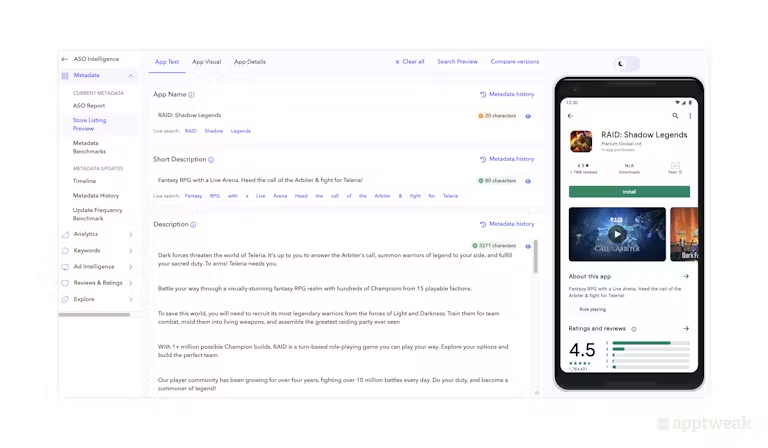
8. Ratings & reviews: Ensure users’ satisfaction
As previously stated, Google uses your app’s ratings and reviews in the ranking algorithm. However, they are also strong conversion incentives, as they reflect users’ actual experiences. Most store visitors consult an app’s reviews and ratings before downloading it.
Google Play allows you to prompt users to rate/review your app when they’re using it. You can generate better ratings and reviews by asking for a rating/review at the right moment.
It is important to determine when to display the rating and review prompt in your app/game. Ask yourself: When will my users be most satisfied with their experience? For example, you can decide to show the in-app review pop-up after users have won a game level.
Negative reviews can reveal room for improvements for your app. Make sure to answer any negative reviews to show that you consider them. Try to implement changes, when possible, to improve your user experience.
Make sure to keep these valuable tips in mind while monitoring your app reviews and ratings

9. Featured apps: Boost app visibility on the store
Being featured on Google Play can greatly increase the visibility and downloads of your app. There is no magic recipe for this, but neither is it up to sheer luck. There are several criteria that should be considered to increase the chances of your app or game being featured:
- Trending: Trending apps and games, with an increasing amount of downloads, have a better chance of being featured.
- Strong ratings & reviews: A good app rating is essential. Research has shown that an app or a game would need a minimum rating of 4 stars to have the chance to be featured.
- High quality: An app with many bugs or crashes will not be featured on the store. Your app must offer a smooth, simple, and unique user experience. Make sure to update your app regularly, taking into view user feedback and Google’s latest requirements and policies.
- Optimized store listing: Your app’s performance alone is not enough. The way you promote your app also matters. Your app store listing should be flawless and immediately attract the user’s attention. Localize your app metadata and creatives for all target markets to increase your chances of being featured on the store.
- Latest Google Play features: Respect the Android checklist and try to consider Google’s updates as much as possible. Google always wants to showcase the newest features available.
Always provide 3 landscape screenshots and a feature graphic for your promo video to increase your chances to be featured on the store. Google uses these assets when featuring your game across the store. If you have the opportunity to directly communicate with Google’s editorial team and ask to be featured, keep in mind that all the above criteria must be respected to pass the “screening process.”
10. Top charts: See how you compare with the competition
Ranking in the top charts is another method of growing visibility on Google Play. However, as this almost entirely depends on acquisition velocity, it is difficult to directly influence your rank in the top charts with purely organic methods. Some categories are more competitive than others. Depending on the number of apps in a category and the power of these apps, the amount of downloads needed to rank in the top 5 apps of one category may not be enough to rank in the top 10 of another.
Choose your app category wisely if you want to improve your category rankings. Of course, the category must be relevant to your app. But if your app does not fit into one clear-cut category (as is often the case for games), you should analyze the competition and evaluate how likely you are to rank high in the top charts of different categories.

Learn more about how to find the choose the right category for your app or game
New opportunities can appear when new categories are created, or when key actors disappear from a particular category. A good opportunity to improve category top chart rankings could be by being among the first actors in a new category, or benefiting from other apps switching to a new category.
11. Similar apps: Understand Google’s app proximity factors
Appearing on another app’s store listing as a “similar app” can drive traffic to your own app. Again, there is no public list of the elements that Google accounts for when choosing the apps that are shown as “similar apps.” But there are a few factors known to play a role in the selection:
- Apps ranking on the same keywords: “Similar apps” are usually apps that have keywords in common in their metadata.
- The app’s category and Google tags: Similar apps are more likely to be apps in the same category or with the same Google tags.
- Other apps users have downloaded: Google keeps track of users’ behavior and interactions with the store and store listings. Similar apps can be influenced by the apps that users have previously downloaded.
12. Google Play tags: Improve your app’s discoverability
Besides categories, developers can add Google tags to their store listing. Tags help Google better understand what your app is about. Google indicates that they would use these tags to create app clusters across categories. This will help them show users relevant content when they are browsing the store. So, choosing the right tags can positively impact an app’s Explore traffic.
Tags appear in both your store listing and in search results. They allow users to understand your app with a few simple keywords. Hence, just like the category, we recommend choosing your Google tags carefully. You can add up to 5 tags to your store listing. keep in mind these two tips when choosing Google tags:
- Google tags should be clear to users that are unfamiliar with your app
- Only select tags that are clearly linked to your app’s content and features
Learn more about the impact of Google tags on your app’s visibility
13. Custom store listings: Tailor your app page to your traffic
Optimizing your store listing is indispensable for a good conversion rate. Google enables you to go even further and customize your store listing for different markets or countries. In addition to your main store listing, you can create up to 50 custom store listings on the Google Console. Custom store listings enable you to target specific segments of your audience based on country instead of just language.
Expert Tip
Languages are not linked to countries on Google Play. When you localize your store listing for a particular language, you are not optimizing it for a country in particular.
Creating your first custom store listing should be rather intuitive, as it is quite similar to adding a localized version of your app. You can upload a new version of your app title, short and long descriptions, and creative assets (icon, screenshots, video, and feature graphic). Note that custom store listings are the only way to have a different app icon depending on the country, since the icon is typically global.
14. Store listing experiments: Gain insights with A/B tests
Google provides developers with a native A/B testing platform called store listing experiments. Developers can use this to test creative and textual assets and improve app conversion rates. A/B testing consists of dividing up your traffic and administering a different version of your app page to each segment, with the aim of determining which appeals the most to store visitors.
Beyond simply improving the conversion rate of your app page, A/B testing can be useful for gathering information on what works and what doesn’t with your audiences. You can also use these insights in other relevant marketing efforts to improve their effectiveness. In this sense, A/B tests are rarely a failure as long as you make sure to have a solid hypothesis.
Find out how to come up with an hypothesis and how to run A/B tests on Google Play
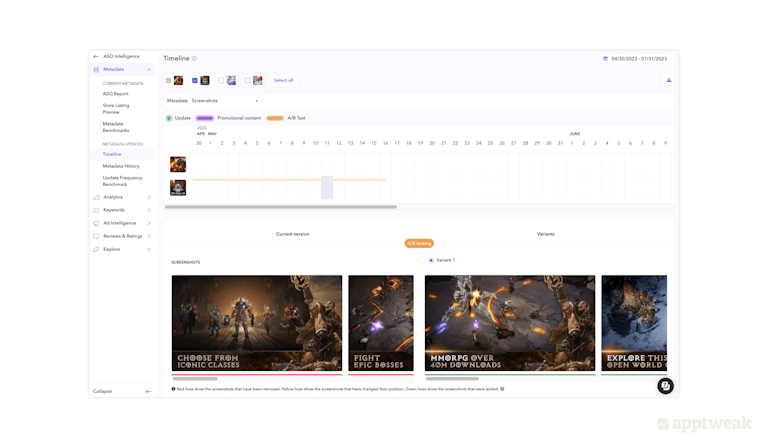
Wrapping up
Optimizing your app page for the Google Play Store can seem a tremendous task at first. The key to success is to prioritize and dedicate more time on sections of ASO that have the biggest and quickest impact.
Once you complete your priority tasks, move on to the ones that take more time and may require the input of other teams. Leverage keyword optimization to boost the visibility of your app on the Play Store, and creatives’ optimization for conversion.

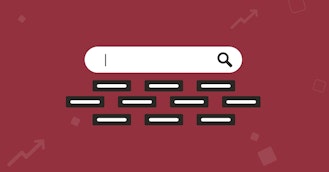
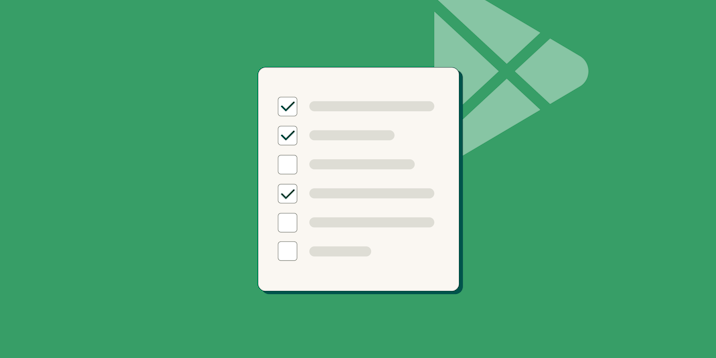
 Sukanya Sur
Sukanya Sur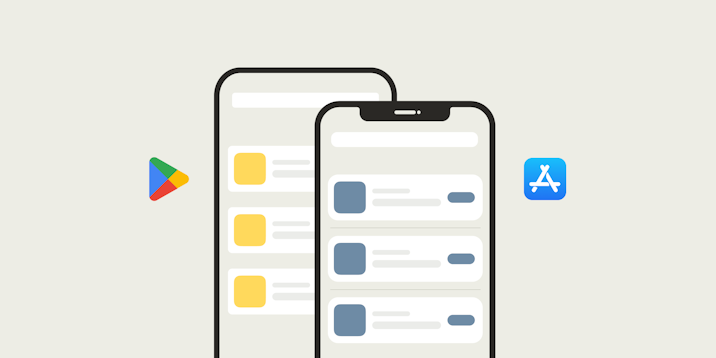
 Taya Franchville
Taya Franchville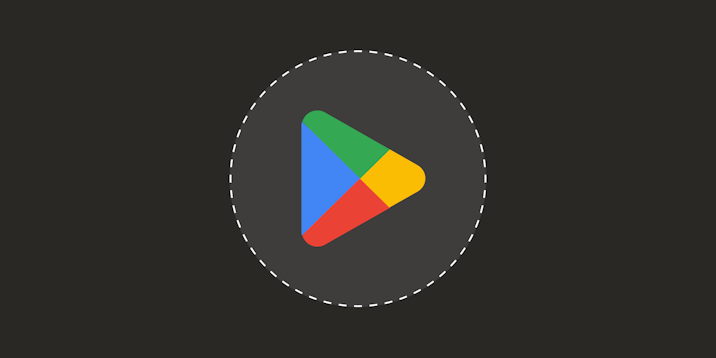
 Simon Thillay
Simon Thillay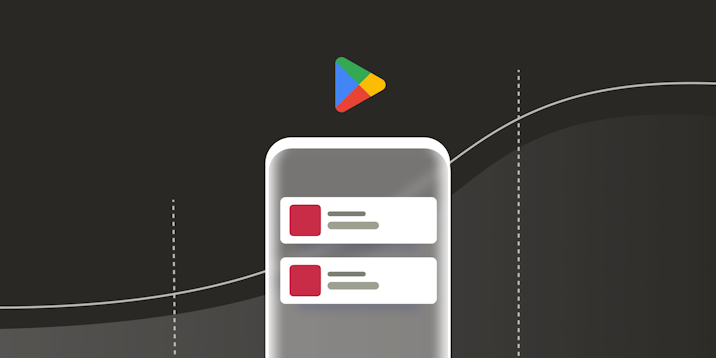
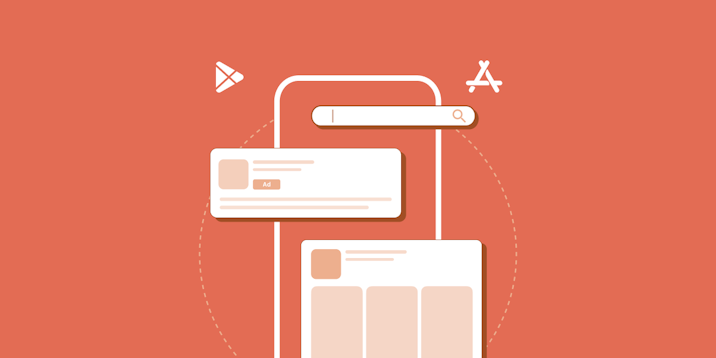
 Suleika Vanmaele
Suleika Vanmaele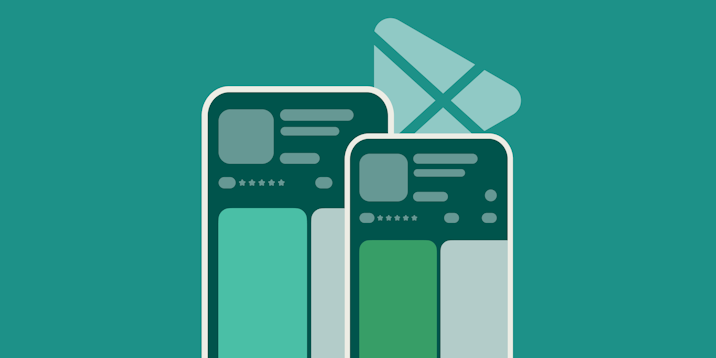
 Anthony Ansuncion
Anthony Ansuncion